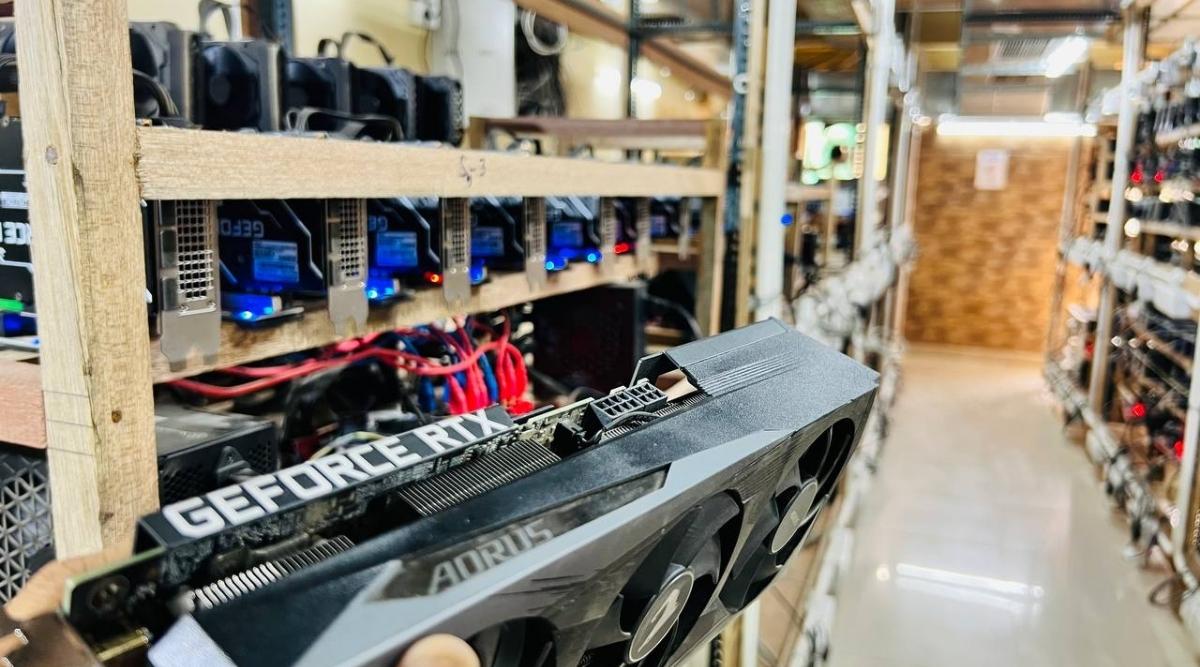This seems to be the bloodiest July ever for working professionals in the tech industry. The industry that was once known for rapid innovation, sky-high salaries, amenities, job security, and more is undergoing a monumental shift. July began with Microsoft announcing that it is laying off 9,000 from its workforce, a part of the tech giant’s concerted efforts to cut its headcount. This week, Intel seems to be on a rampage, with nearly 5,000 jobs cut from states across the United States and Israel. In all, about half a million tech workers around the world have lost their jobs since 2022. This, as we know, is largely owing to the massive wave of layoffs that were carried out across companies like Microsoft, Amazon, Google, Meta, Salesforce, Intel, etc. But what is causing this unprecedented and rapid pace of layoffs?
One of the most striking aspects of the recent spate of layoffs is that the tech industry is going through a transformative phase, where it is reorienting itself to a world that is briskly changing, owing to developments in Artificial Intelligence (AI). In 2008 and 2009, job losses occurred due to the global financial crisis that led to widespread insolvencies and credit freezes. However, this time, the swift wave of layoffs seems to be symptomatic of an industry under intense pressure to become leaner, faster and more efficient. And Artificial Intelligence (AI) is at the heart of it all.
In November 2022, Meta sacked roughly 13 per cent of its workforce, about 11,000 employees, and this was marked as the largest in the tech giant’s history. On the other hand, Google, without any noise, adopted mass buyouts to reduce staff in its key divisions such as ads and commerce. This was followed by Microsoft and Amazon, with each implementing strategies to reduce their workforce. All of these were not isolated events but seem more like a part of a broader reorganisation or recalibrations of how tech companies would want to operate in the increasingly AI-driven world.
The real force
Needless to say, the real force behind this rapid transformation is AI. For instance, in 2023, a Goldman Sachs report forecasted that AI could likely automate up to 300 million jobs across the world in the coming years. This is already underway, as data from the Bureau of Labour Statistics suggests that between 2022 and 2024, nearly 27 per cent of programming jobs (only computer programmer roles, not all programming roles) vanished in the US. Another strong indicator of this change is Salesforce CEO Marc Benioff’s recent claim that AI is now doing 30 to 50 per cent of the work at his company. This is not an estimate, clearly; it has become more of an operational reality.
Now, more than ever, it seems AI is no longer just enhancing job roles; it is outright replacing them. The need for human input across key areas of the tech stack seems to have considerably reduced owing to the emergence of AI tools like automated customer service bots, coding assistants, and generative tools for designing.
Since companies are heavily leaning towards AI-related restructuring, tech professionals are left in the lurch. They are now navigating a radically different job landscape. There are ample reports that show how high-paying roles are on the decline. Reportedly, the nationwide (US) average salaries in tech have come down. Similarly, entry-level job openings have dipped considerably since 2023. Even the ones employed continue to stare at uncertainty, especially due to the frequent restructuring and hiring freezes. The official tech unemployment rate in the US was between 3.4 and 4 per cent as of May 2025. However, these figures conceal a more complex reality. Reportedly, many workers are underemployed, working on gig contracts or even freelancing. In times like these, platforms like Fiverr, Upwork, and Toptal have become venues offering work to displaced professionals, albeit without job security or any benefits.
Another marker this year has been the buyout programmes rolled out by big tech replacing the formal layoffs. With buyouts, Google, Meta, and others offer severance packages in exchange for voluntary exits. This method helps companies in reducing their headcount while ducking media scrutiny.
Story continues below this ad
What happens to the laid-off now?
Among those laid off by big tech firms, some manage to find new roles in traditional tech companies; however, they often land jobs with lesser-known companies. Some of them enter jobs where cybersecurity and data analysis are in demand, especially in finance. A segment of the laid-off professionals take on consulting roles, offering tech support to legacy companies, while others opt for roles in healthcare, essentially offering digital solutions to hospitals and providers.
Meanwhile, many others found roles in manufacturing and logistics. Some are even in the public sector, including US government agencies like the Department of Defence and the Cybersecurity and Infrastructure Security Agency (CISA), which have been actively hiring for AI and security positions. According to experts, this reflects a wider decentralisation of talents in the tech industry. It seems the days everyone is eyeing jobs at the Big Five are done.
Another harsh reality is that not all those who have been laid off have managed to land jobs. Reportedly, nearly half of the workers remain unemployed even after six months. Women have also been impacted disproportionately in comparison to men. Similarly, those in their mid-career with 10 to 20 years of experience likely face ageism and preconceived notions about obsolete skills. On the other hand, in such uncertain times, millions of fresh graduates are entering the market.
As of mid-2025, the unemployment rate among recent graduates is around six per cent, which is higher than the national unemployment rate in the US, which is around 4 per cent. The broader tech sector’s unemployment rate remains relatively low; this heightened figure for new graduates shows challenges in entry-level hirings and shifts in industry demand impacting those out of college.
Story continues below this ad
In all of this, a distinct scenario is emerging. On one side, there is a smaller pool of ML engineers, AI specialists, and cloud architects earning upwards of about $200,000 in New York and San Francisco, and on the other, entry-level or junior talents face stagnant salaries, hiring freezes, and even contract-based survival.
How are they dealing with layoffs?
There is also a pattern among tech workers that shows many are pivoting towards reskilling to stay relevant. According to Coursera, Gen AI became the top skill across industries, with six enrolments every minute, totalling about three million new enrolments in 2024. The platform also witnessed a sharp rise in enrolments in Python courses, AI, and machine learning since 2023. Besides, certifications from Google Cloud, AWS, Microsoft, etc., are deemed essential today.
There are also many who go back to school, and some open their startups, often in AI, digital health, education, or fintech. A report by AngelList claims that about 15 per cent of new tech startups in 2024 were founded by those who were laid off by big tech companies.
The emotional cost
According to Toronto-based people and culture professional Allison Glenn, layoffs can pretty much feel like breakups, but much worse. Glenn, in her long post on LinkedIn, said that the psychological fallout of layoffs is intense, as work is not merely work; it is also a source of identity, purpose and meaning, community, and status and security. “Being laid off isn’t just a professional setback; it’s a psychological shock,” she wrote.
Story continues below this ad
Glenn went on to state that numerous research studies on job loss have shown that unemployment is experienced similarly to bereavement, meaning job loss can trigger a grief response almost similar to losing a loved one. According to Glenn, layoffs bring along emotions like grief, shame, and anger. “Layoffs create so much uncertainty and instability; it’s essentially professional abandonment. It’s natural to feel fearful and alone when your job and everything that came with it can no longer anchor you,” wrote Glenn.
On a similar tangent, in one of his recent podcast interviews, Nobel laureate Geoffrey Hinton reflected that while earlier tech revolutions did not lead to widespread job losses, they brought along new kinds of jobs. According to Hinton, for routine cognitive tasks, AI is simply going to replace people. He warned that although it may not mean full automation immediately, it may likely lead to far fewer people doing the same amount of work but with the help of AI assistants. The godfather also warned that joblessness owing to AI may have devastating effects on people, as with jobs comes dignity and a sense of identity.
The way forward
It needs to be noted that the tech industry is not in a free fall or decline; it is in a transitional phase. AI has become integral to almost every aspect of businesses, from autonomous cars to algorithms for drug discovery to systems that can write code. AI has moved beyond being a copilot; it is the driver now. However, this driver needs a skilled workforce to keep it running. And for this, there is a greater need for stronger reskilling initiatives, awareness programmes, incentives for the displaced talent, and a safety net for gig workers.






